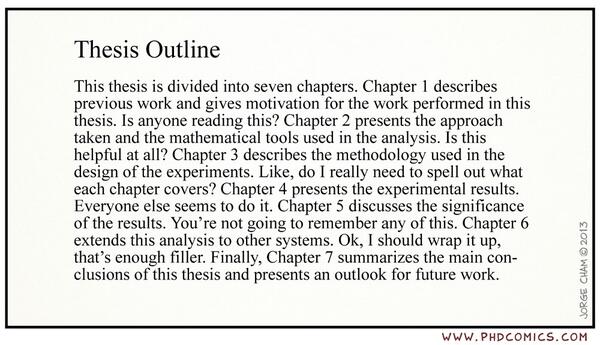We invited Rita Strack to talk about her path into becoming a journal editor. Here, Rita talks about some responsibilities and expectations from her job and offers some advice to those who are interested in pursuing an editorial career in science.

About Rita Strack
Rita received her Ph.D. in Biochemistry and Molecular Biology at the University of Chicago, and postdoctoral training at Weill Cornell Medical College. Her research experience propelled her to a position at Nature Methods, reviewing content related to imaging, microscopy, protein, and RNA biochemistry.
Why did you choose to pursue a career as a science editor?
Before becoming an editor, I obtained a Ph.D. and postdoc in the life sciences. I was originally on an academic track, however, I decided to switch to an editorial career after reviewing my personal and professional priorities. First off, I wanted a work-life balance, as I had just become a mom. I was concerned I would not have enough time and energy to be both a new parent and an assistant professor, although certainly many people have done it successfully. Second, I realized I could be happy doing something other than running a lab. This was a critical realization that changed how I thought of myself and my future and allowed me to cast a wider net of job possibilities. Third, I saw a job listing for an editorial position at Nature Methods that seemed written just for me. The job description matched my professional interests and expertise, so I applied. I love methods development, and I am not sure I would be happy as an editor anywhere else. Finally, I wanted to stay in New York because my husband has a great job here. Beyond these reasons, I wanted a job that kept me in science, a job that is engaging and has importance to me and others. I think being an editor satisfies all these criteria.
What is a usual day/week at your job?
I spend a typical day doing a variety of tasks. First and foremost are my duties to the journal. Each editor is responsible for handling all stages involving the publication of a manuscript. So, on any given day I am reading new papers, assigning referees, reading reviews that come in, talking to the editorial team about the papers, and sending decisions to authors. Beyond curating the research portion of the journal, I write content for the magazine portion of the journal, which includes the editorial and research highlights. I also provide input and developmental editing to other magazine sections, such as Reviews, Perspectives, Comments, and News and Views. Another big part of our job is networking, hearing about cutting edge research, and staying on top of trends. Thus, I am active on Twitter (@rita_strack) engaging with the scientific community and I often travel 5-8 times per year for campus visits to meet with faculty and students and to attend conferences.
From your experience, what does a journal look for in applicants to this job position?
In my view, the main quality we look for in candidates is the ability to critically read scientific articles and communicate about them. Our successful job candidates have impressed us with their ability to read and understand papers from their expertise areas, point out critical flaws, and speak clearly about whether a manuscript might be a good fit for our journal. Beyond this, we look for individuals with a specific interest in professional editing, a good understanding of the scientific fields we hope for the person to cover, familiarity with the journal, and willingness to learn new things.
What skills have made you and other science editors successful? Were there any unexpected skills that you had to learn?
Beyond all the training I got reading and writing papers while I was doing research, I think a few things have helped me be good at this job. I am good at time management, which is important because our job has a lot of deadlines. I am also a fast reader with high reading comprehension, and I am good at multitasking and staying organized. In addition, I love the journal. Our editorial team cares very deeply about making Nature Methods a journal everyone wants to read, and this care is reflected in our content.
Something unexpected I learned in my job was that I could trade an in-depth knowledge in a few topics for a larger knowledge in broad scientific areas. I have found this process a fun challenge. Any trained scientist who carefully reads ~500 diverse papers a year will naturally broaden their knowledge in different areas. This is one of the biggest perks that come from being an editor, getting to learn a lot of cool science.
What advice do you have for graduate students looking into work as a journal editor?
I did not do any specific training to become an editor, but I think being actively involved with writing papers and doing peer reviews with my advisors helped me understand the editorial process better and ultimately be hired for my job. I encourage graduate students to attend journal clubs, participate in science writing or communication workshops and/or activities, and to reach out to editors for informational interviews.
Get into science writing
If you wish to explore a career in science writing, start now! Here are some resources to get you informed and active:
- Starting a career in science writing. Science Careers, 2005.
- So you want to be a science writer. Molecular Biology of the Cell, 2014.
- Write for our HGSAC blog. Contact us: psu.hgsac@gmail.com
- Submit an essay for Science Careers articles
- Share your science career story in Nature Career feature
- Apply for science writing internships (at Science News, Smithsonian Envirnmental Research Center, BROAD Institute, or others)
Interview by M. Isabel da Silva











